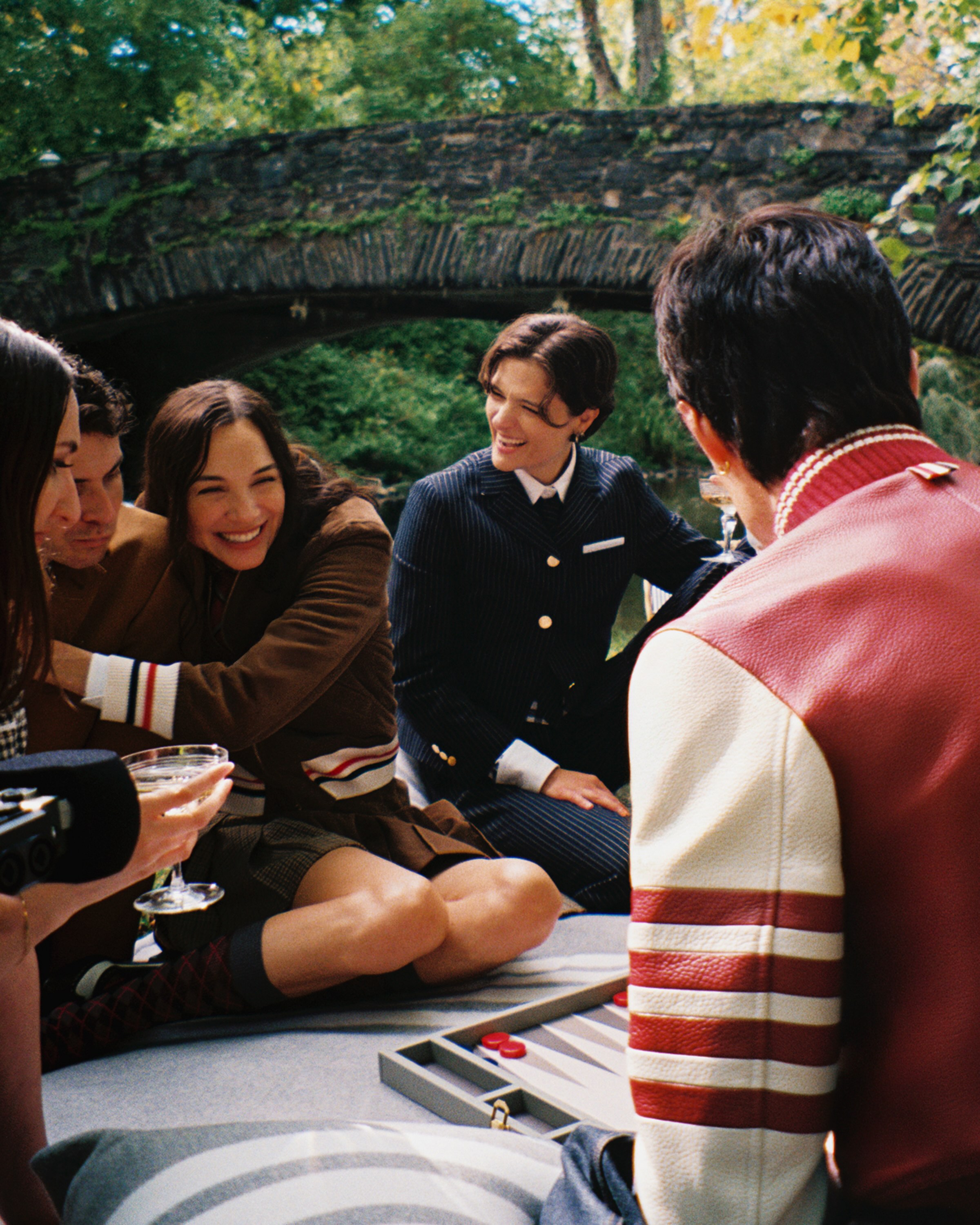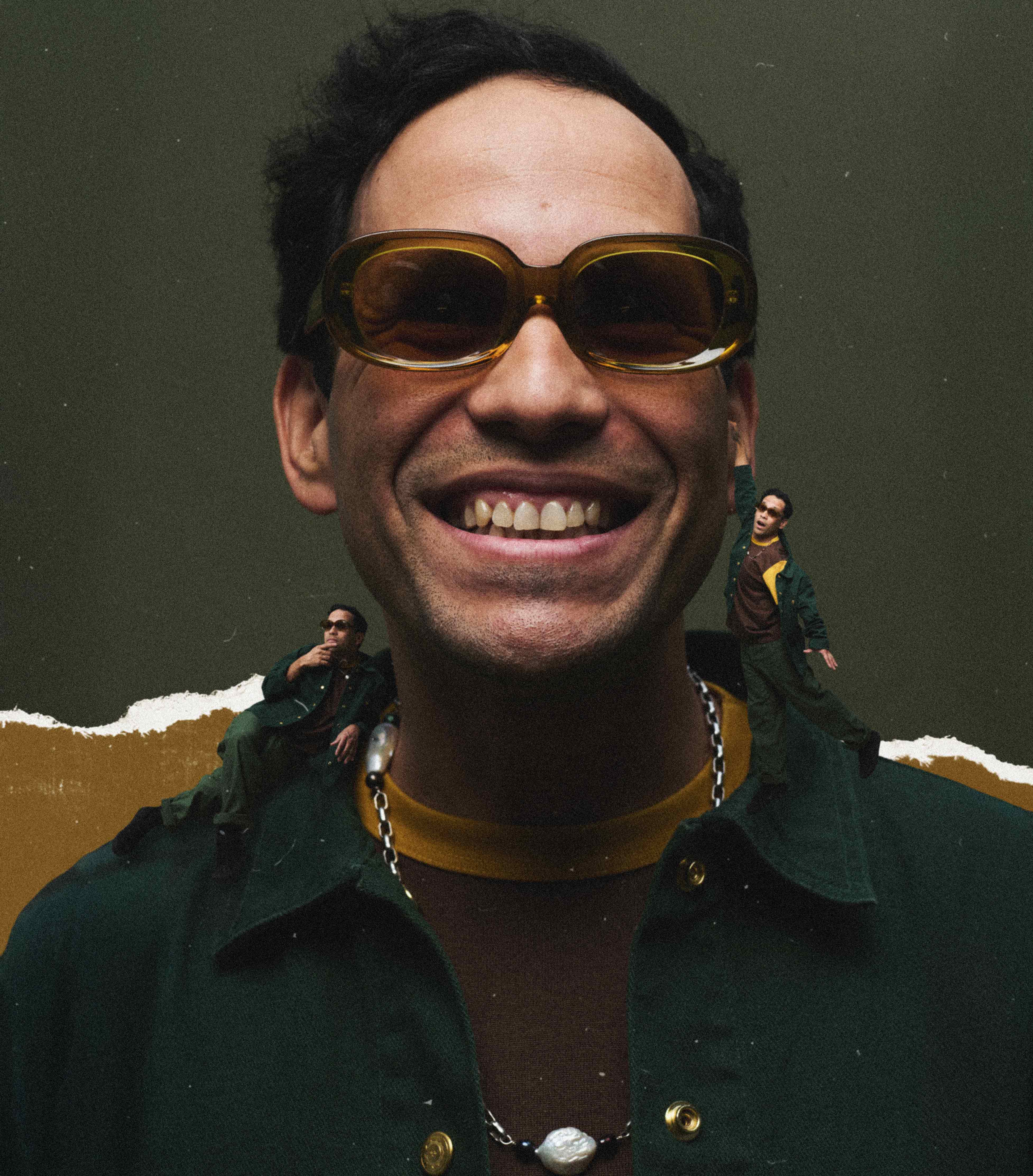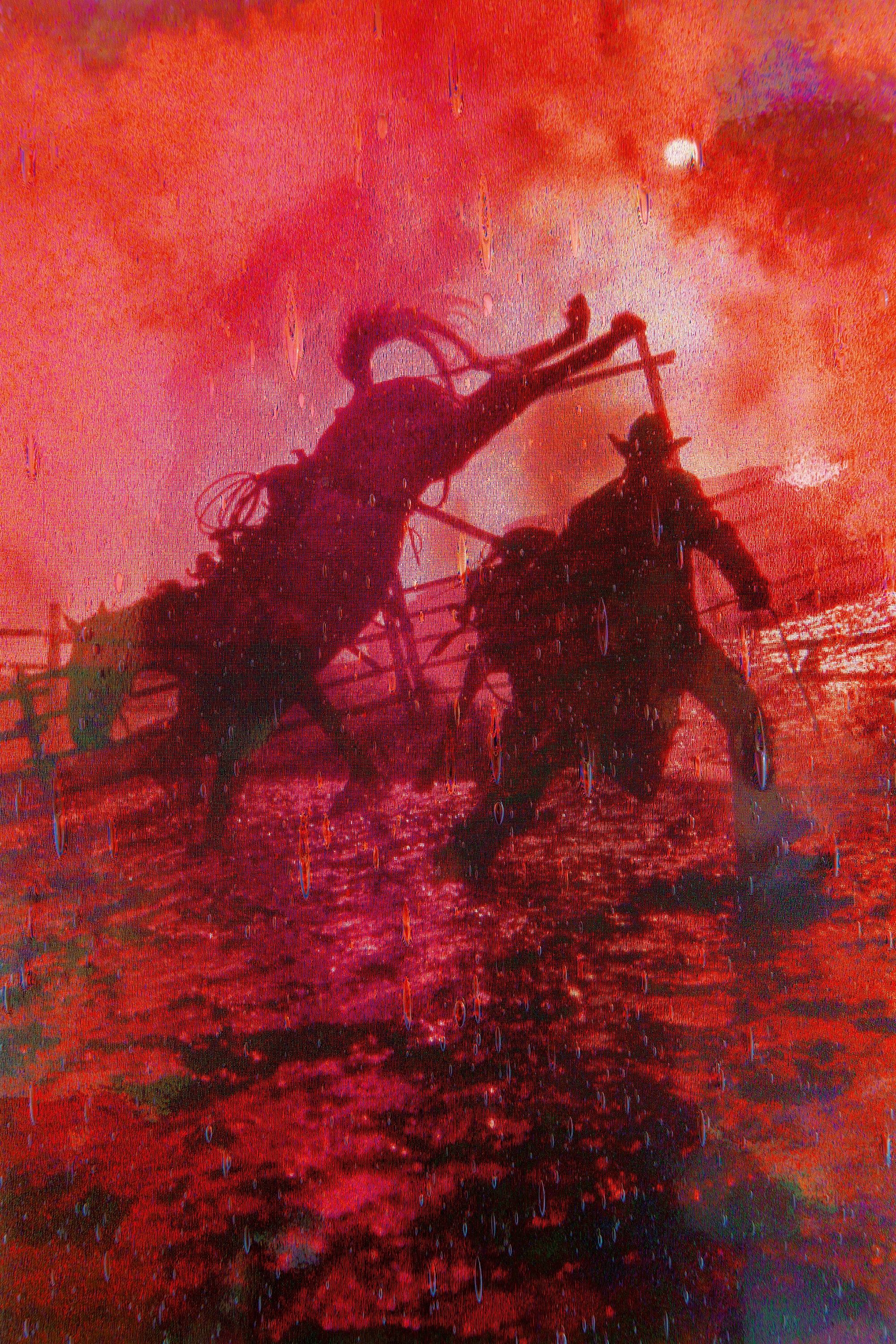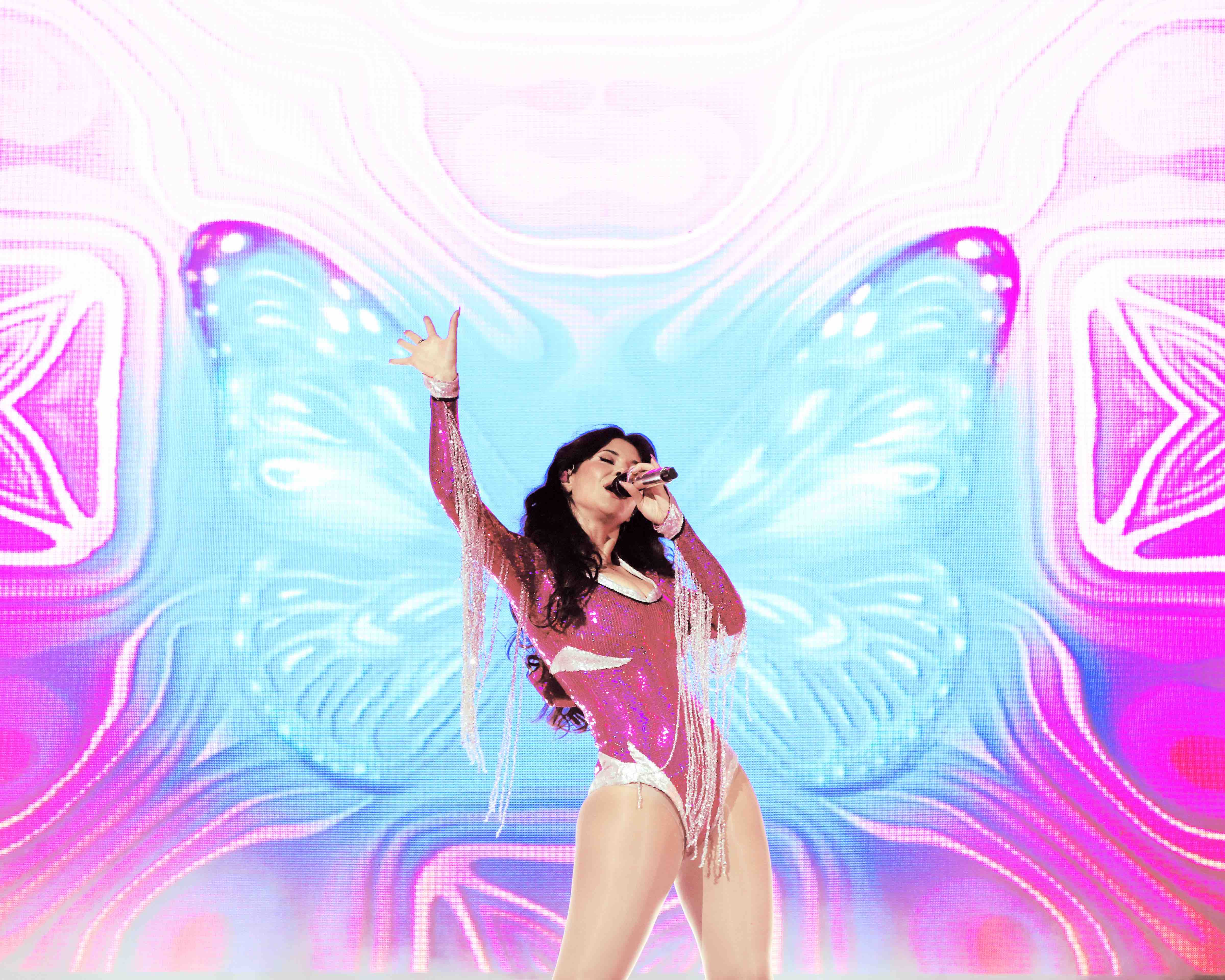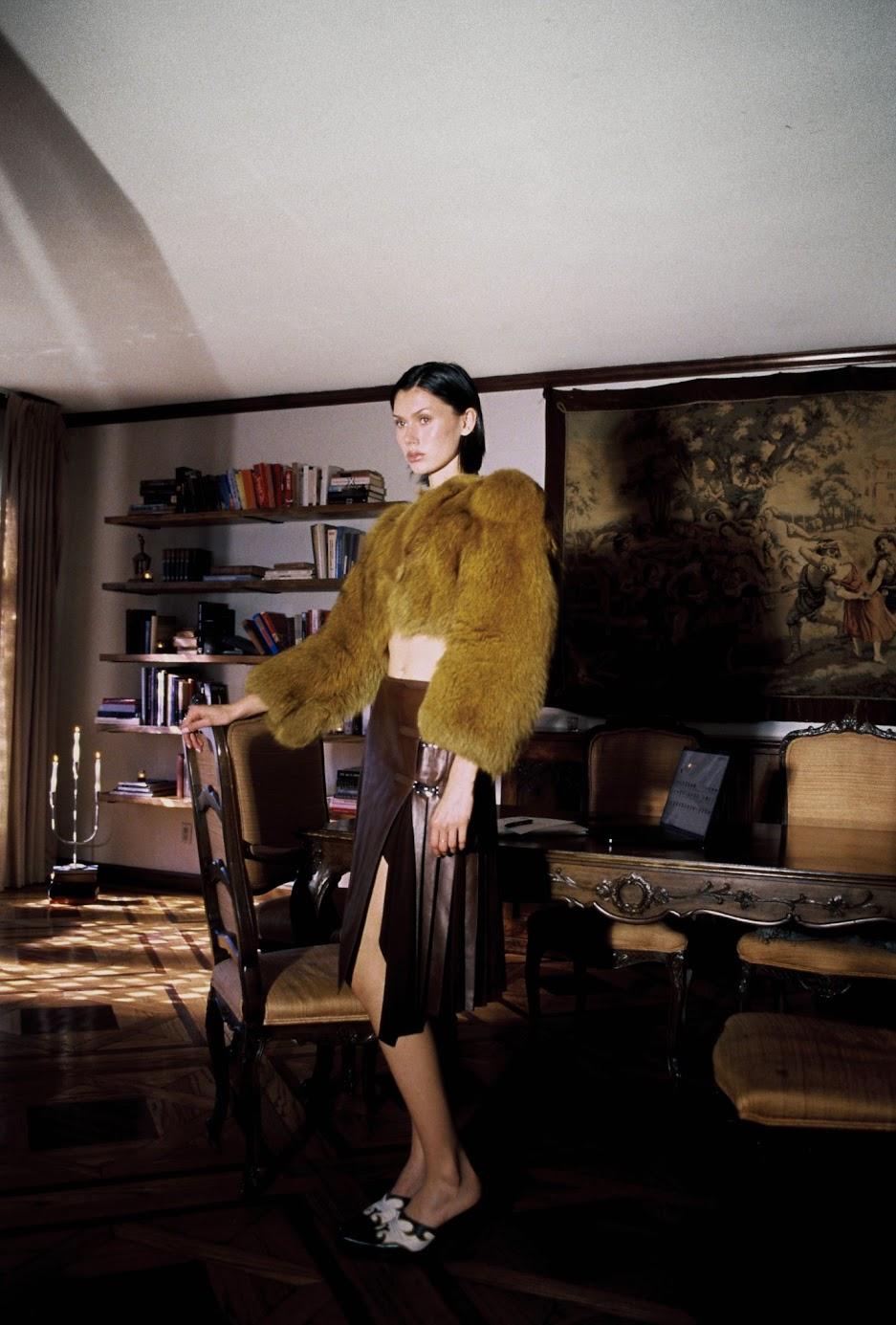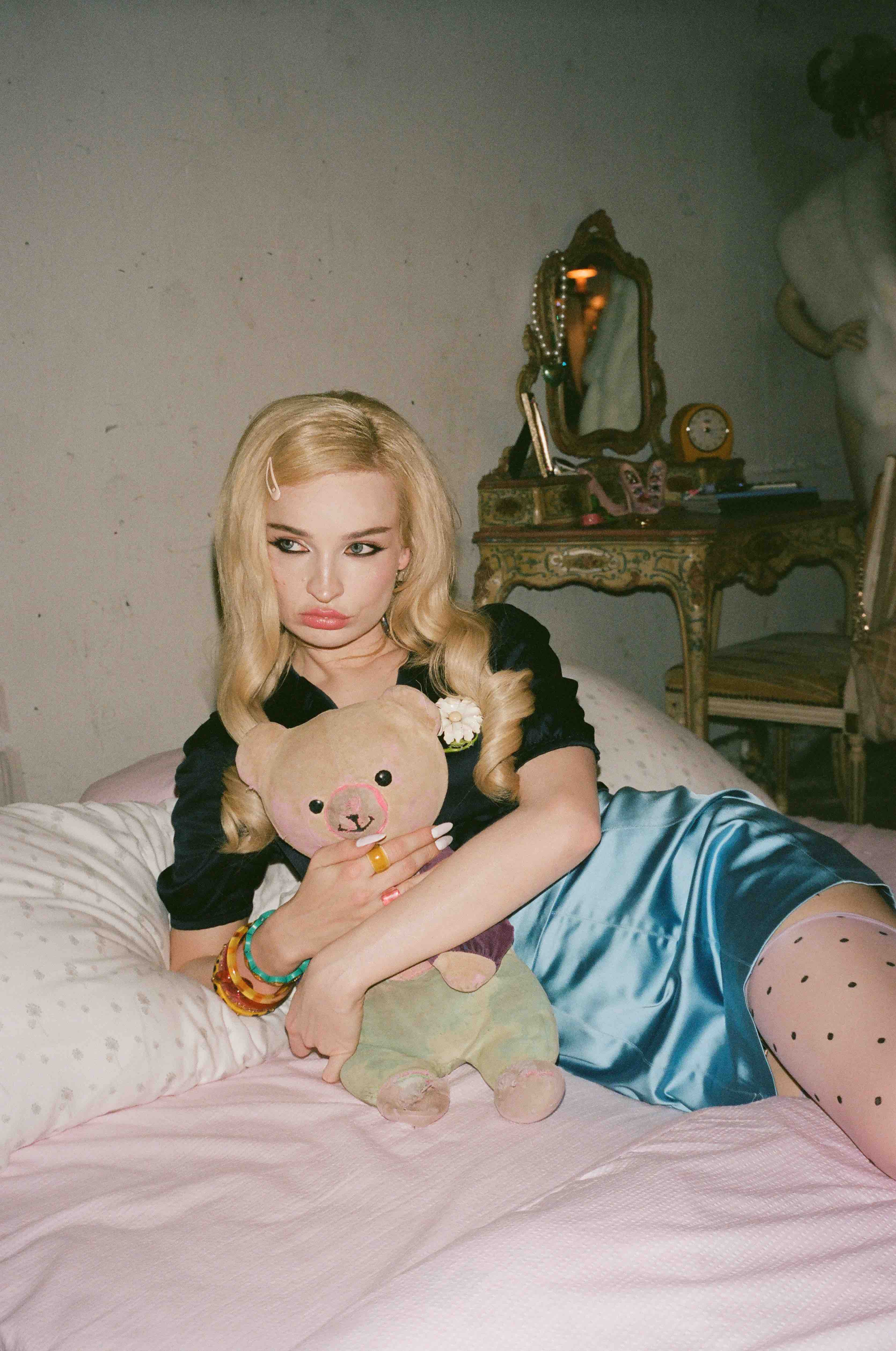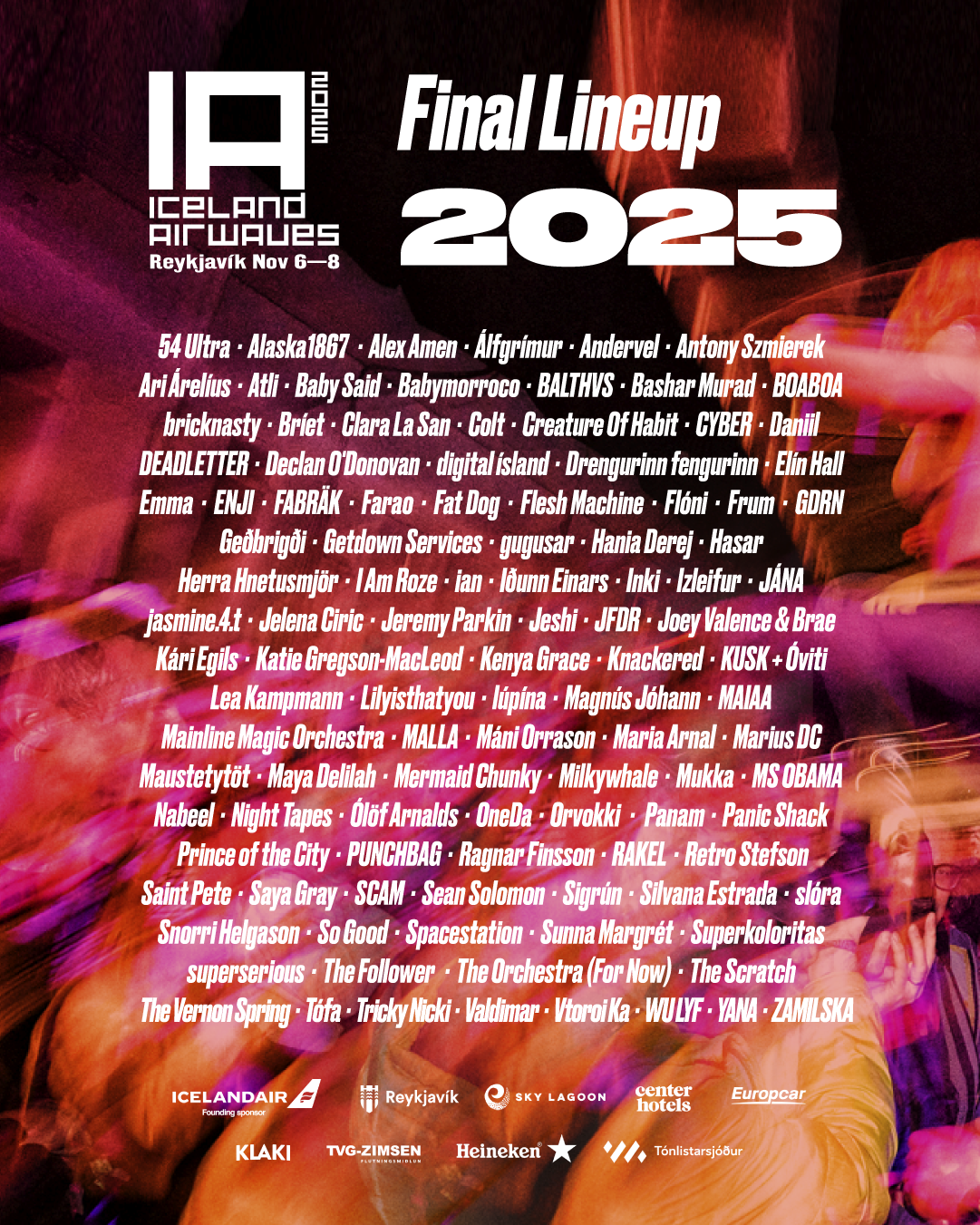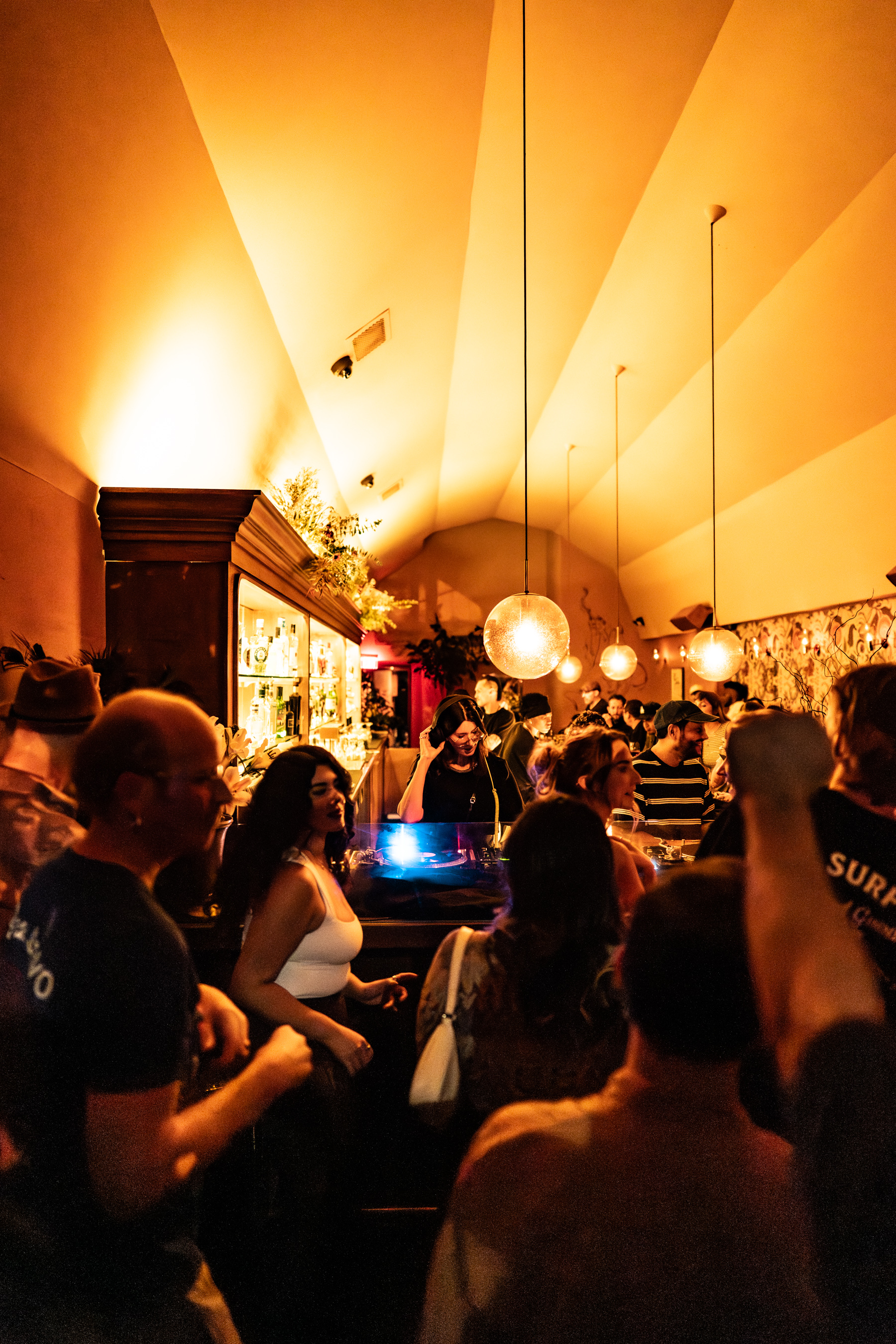Paris: I remembered throughout the late '90s and to mid-aughts, Paris was truly the central laboratory of fashion design and innovation where the shows were the pinnacle of influential ideas, not only about clothes but also about fashion’s impact on pop culture. Then designers such as Claude Montana, Martin Margiela, Rei Kawakubo, and Yohji Yamamoto, set the agenda not only for their own collections but for the direction of fashion at large. The 80’s large shoulder and glam silhouettes, the tight feminine shapes, and minimalism were just a few of the game changers from these designers that still affect much of global fashion today. Of the pentagon axis of international fashion centers, Tokyo and Paris remain the capital of creativity where designers compete on shaping fashion with their work even now in the era of fast fashion when the attention is just a momentary click to something else.

The damp smell of decaying leaves, scattered green moss, and a lineup of dead oak and poplar trees reaching to the heights of the glass ceiling of the dome of the Grand Palais set the scene for a spectacular range of clothes offered on the Chanel runway. Colorful print leaf coats, jackets and skirts, all paired with the ubiquitous rusty brown leather high boots, reflected the forest theme. The evening dresses were simpler and less decorative than in past seasons— sleeveless, slightly sparkly, black, lace, long hemlined dresses or a black tulle dress worn with elbow pink leather gloves. While the looks signify a more subdued collection, it surely acknowledged the changing atmosphere amidst a conflicted time and catered the collection to the range of the brand’s clientele. In time of disruptions, a dose of calmness is surely welcome. Icons of 1968 Pictures have a History will open in mid-April at the Bibiothèque nationale de France in order to celebrate the 50th anniversary of the students’ uprising--a monumental event shaking the foundation of French social, political, and cultural structures as students took to the streets against the rigidity of French society that was associated with the upper crust elite. Enlarged posters from the pages of Vogue May 1968 editions couples with slogans ‘Women’s rights are human rights’, ‘Miniskirts forever’, and at the entrance of the podium where the models exited from backstage, ‘I am a Woman,’ covered the entirety of the inside of the tent created inside the gardens of the Musée Rodin and framed the Dior show with a political message of engagement. However, the clothes are perhaps the most coherent collection from the designer Maria Grazia Chiuri. A sweater with the words ‘C’est Non, Non, Non et Non’ printed in capital letters was worn with black and white window pane stripes, cropped pants, or a peace sign knit sweater, and red wool plaid skirt. The spirit of May ’68 permeated throughout the show as the designer recreated many of the vestments of the late 60’s like the crochet sweaters, the school uniforms, and patchwork designs. At the Louis Vuitton show, a circular walkway of a supposed spacecraft fills an untouched and elegant courtyard inside the Louvre museum. Despite the mixing of old and new, the clothes reflected less of a past meets future hybrid as the last season. The models walked against the backdrop of the 19th century old stone horse ramps and spacecraft elevated runway. Nicolas Ghesquière made the collection feel like a grand display of classical French elegance - a navy pea coat with large gold button worn with a flowing white dress, and leather heels in lieu of big trainers perfectly captured this new mood. It is reinvented for today with modern twists like a shining silk bust covering the corsets tops, paired with navy pants or white pleated silk skirt. In Nadège Vanhee-Cybulski’s Hermès collection, she opts for fifty-four looks that were much more controlled and wearable. In a series of soft leathers, a black-lacquered, grained, calfskin with waist pleats opens the show, which takes place at dusk in a school courtyard. The iconic Hermès hardware permeated throughout the clothes, imbuing the garments with the house DNA and heritage in the fine details of a metal closure. At Givenchy, the revolving placements of spotlights and black velvet curtains provided the needed atmosphere, supposedly replicating the mood of a dark and dangerous mixture. Inspired by a long ago and distant 80’s era of the divided city of Berlin, where the post-punk aesthetic ruled the underground subculture. The clothes were ultra chic and had none of the urgency or the aesthetic ethos common to the new wave period in Berlin prior to the crumbling of the wall. I quite like the Altuzarra collection, a show that felt much more at ease than in past seasons. Girls walked around the French art deco restaurant La Coupole not far from Montparnasse wearing pinstripe suits with an interplay of front buttoning jackets paired with long skirts or pants, shearlings coats, and an orange side slit dress. Altuzarra draws inspiration from the contrast between contemporary styles and his memories of women’s fashion from the past. “This collection came out of the feeling that, on the contrary, camp is really and truly something deep and new and represents a value we need.” was the explanation beyond the usual one or two words that Rei Kawakubo gave post-show in reference to the Susan Sontag 1964 essay ‘Notes on Camp’ to describe the 16 fashion confections shown on a late Saturday afternoon. Each look in the show was about the joy of exaggerated surfaces and artifices inherent in camp, perhaps all to counter all the darkness happening around the world. Uninhibited ideas drive fashion forward, but the models holding hands together on stage was surely a moment of celebrating creativity and the joy of fashion.

“Bauble, bangles, hear how they jing … someday he may buy you a ring.” The surprise Peggy Lee song "Baubles, Bangles and Beads" plays repeatedly in different versions, including a Liza Minnelli number, as the models— wearing wool fabrics, bubble wrap strapless dresses, dark brown strapless dresses with three large protruding lumps— hang in the front at the Rick Owens show. Owens’ suggestions are not those of the traditional sexy and glam outfits but a more nuanced notion that sexiness isn’t defined by clothing that exposes the body. In the 18th and 19th-century women fashion was very rigid and wrapped up in corsetry and huge crinolines and giant dresses. “Metamorphosis: the magical transformation of femininity,” was what Sarah Burton called her magnificent show, where the clothes embraced the extreme nature of beauty. Butterflies and moths came into being from larvae in a process of natural hybridization as the morphing of one creature into another or here on the runway. The clothes evolved from the McQueen heritage silhouette of a strong shoulder, nip waist and exaggerated hips alongside the shine of the armored shell of the scarab beetle as expressed in the long evening gown of dark violet to light purple fringes. In a similar manner at Maison Margiela, John Galliano deconstructed and recombined diverse materials in his continued meditation on the notion of “dressing in a hurry.” He combines whatever one finds into a look to get out of the house—like a jacket worn under a sleeveless sweater. Giant black and blue bubble coats in technical reflective fabrics and white big hooded vests provide a sporty and understated glamour alongside a camel coat with the rib cage remains cut out of a black leather jacket. Olivier Rousteing at Balmain and Jun Takahashi at Undercover can’t be more different in aesthetic. Although they occupy opposite poles of the fashion map, they share something in common – a singular pursuit of their specific vision with little compromise. The choice of the opulent and traditional grand salon at the Hôtel de Ville contrasts dramatically with the silver, hyper glam, crystal mesh, holographic organza and shimmering sequins. Jun Takahashi’s Undercover show offered a fully digested meditation on youth obsession. Stranger Things actress, Sadie Sink, opened the show in a red hooded workout suit and red sparkling wool cap. The 2012 movie ‘The Perks of Being a Wallflower’ was voiced-over a finale of colorful nylon hooded coats with school emblems, sport numbering, and yellow/ blue rubber galoshes with ‘We Are Infinity’ printed in white letters. In between is a respectful dose of tracksuits, flight jackets, varsity jackets, running shorts, raincoats, ripped jeans, and a few trenches and sweatshirts that looked more like sculpture than clothes. The beauty of this show lies in its natural approach as Takahashi did little to appropriate youth fashion. This show is what so many luxury brands have been trying so hard to do the past few years – getting street credibility by coopting streetwear. Mounted in a television studio on the outskirts of Paris, the designer Demna Gvasalia deployed a single aesthetic for Balenciaga. Using 3D scanning of fitting bodies and then printing the molds, Gvasalia employed traditional fabrics such as wool and silk but bonded them with foam to harden them into new forms. The future of fashion is the embrace of technology instead of the old age couture methodology. Balenciaga made a donation and a 10% of the sale of WFP logo tees and hoodies to relief hunger. The coats-on-coats-on-coats piling will surely reverberate and preserve the brand’s acquired street cred. At the end of the Thom Browne show, four men in light grey suits and black furry dog masks were guided on a leash by a mistress dressed in an embroidered, grey, organza dress. After posing, the guys removed her gown to reveal her in the same suit.

In between these two axis, a few young designers such as Christelle Kocher at Koché, Glenn Martens at Y/Project, Antonin Tron at Atlein, Marine Serre are still refining their own aesthetics. They are the names to watch as the next generation of fashion leaders in Paris. Noir Kei Ninomiya, one of the new names showing in Paris this season, had a great start in his first show. While his mostly sculptural clothes sometimes veered towards costumes, the designer needs to find a way to balance commercial derivatives to foster a business anchor to his creativity. At the end of the eight full days, there weren’t any monumental and earth shifting ideas that will alter the course of fashion but just small steps forward stemming from very specific visions and personal agendas.



